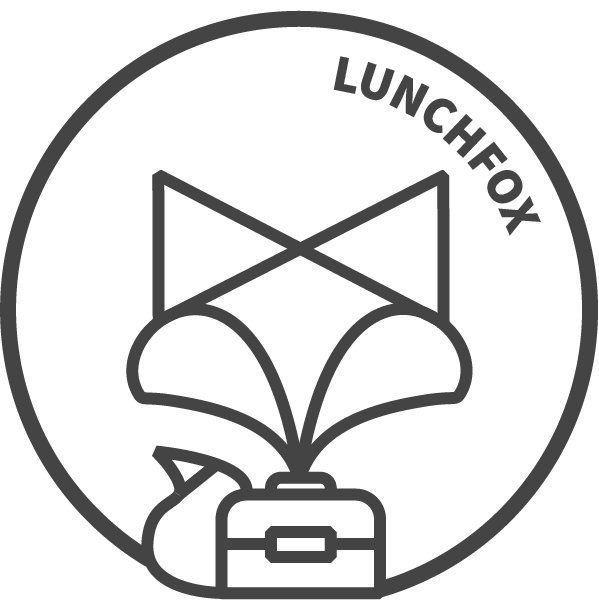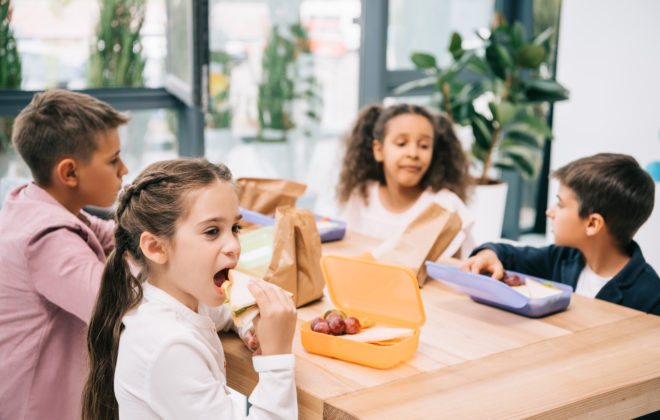We know we SHOULD eat the rainbow, but do we know WHY?
I read a quote the other day that stuck:
“The object of teaching a child is to enable the child to get along without the teacher…” Arthur C Clarke
Broken down, this means we teach our children life skills, knowing that one day they will be “doing life” on their own, as an adult. When we look at it like this, it becomes clear that teaching children how and why is almost as important as teaching them what.
Nutrition can be a funny one. It’s written into the curriculum and is probably something teachers model through their language on a daily basis:
“Look at your lovely colourful lunch … you’ll have lots of energy for learning later.”
But, like any subject, we need to make sure that we are explaining the why behind the concept. It’s easy for us to encourage our kids to “eat the rainbow”, teaching them that colourful food is a healthy choice, but if we want this to become one of those “life skills” we spoke about earlier, they need to know why.

The image above probably goes into too much detail for some children, but it serves as a good guide for teachers. Different coloured food is beneficial for different reasons and that is why eating the rainbow is so important. You can use the information in this image and adapt it to suit the needs of your own class. For younger children, that might be as simple as “yellow food is good for my eyes, purple food is good for my brain”, whereas older children may look at how “green food can support our immune system”.
As teachers, we know there are many ways in which we can introduce and reinforce new concepts: through planned experiences, teacher-lead activities and in the language that we use. Below, you can find a lesson plan that uses Content Descriptions from Year 1, 2, 3 and 4. You can obviously adapt the idea in any way you wish, making it appropriate for the ability levels in your class, but this is certainly a fun and hands-on activity to begin the conversation.
You may also want to create displays around your room that reinforce these nutritional benefits. Not only will this consolidate learning, but it can act as a guide for your own language throughout the day:
“Look at all that green food in your lunchbox, Tim! You’re going to have very healthy bones!”
“Wow, Abigail, with all that yellow food you’ll have better eyesight than an owl!”
You can even weave this learning into your current focus on health and hygiene practices, in order to support COVID Safe classrooms. As well as teaching children to wash their hands “properly” you could introduce the idea of foods that boost our immune system.
I’m going to quickly go off on a tangent (a pun that is about to make sense!) As a kid, I hated maths (there you go!) and lost such interest in the subject that my Grandad, a very successful Engineer, offered to tutor me. Working through old exam papers, he didn’t just tell me what the concept or the rule was, he told me why I needed to know it: why, in real life, that concept was important. That then made the how a little easier to fathom, because I could see the benefit of the learning. From failing my mock exams, I went on to get really good grades in maths. I now run my own tech start up, successfully managing the accounts and commission payments as I go! This is obviously an extreme example, but it’s a great reminder that we need to give children context in order for learning to make sense.
Giving children a clear and direct reason about why something is important, is so valuable in making that new concept become a life-long skill. Unless we understand the why, how can we ever really understand the what?

If you use this lesson plan in class, we would love to see the work you produce! Email it to louise@lunchfox.com.au
Tags In
Related Posts
Leave a Reply Cancel reply

The LunchFox app is designed specifically for schools, enabling busy parents to order healthy lunchboxes, prepared by local cafes and delivered to your children at school.
Categories
- Healthy Eating (4)
- Lesson Plans (1)
- Parenthood (3)
- Uncategorized (1)




